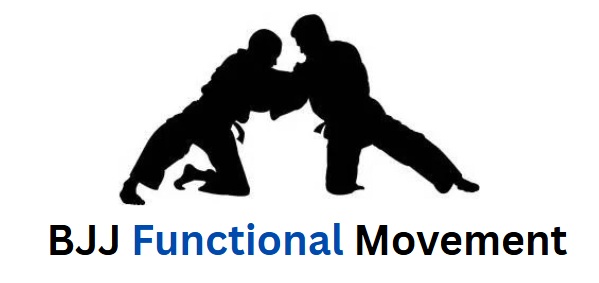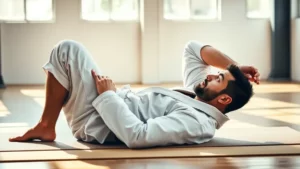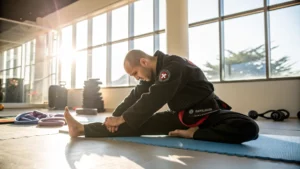Brazilian Jiu-Jitsu (BJJ) is often described as a game of human chess, where connection, control, and strategy reign supreme. Yet, many practitioners struggle to establish meaningful control over their opponents, not because of a lack of technique, but due to a more fundamental issue: they don’t truly understand how to connect their own bodies. This disconnect within themselves creates a ripple effect, preventing them from effectively connecting to their opponent. In this blog post, we’ll explore why internal body connection is critical in BJJ, how its absence hinders performance, and how practitioners can cultivate this skill to elevate their game.
What Does It Mean to “Connect Your Body” in BJJ?
Connecting your body in BJJ refers to the ability to move as a unified, coordinated unit. It’s about aligning your joints, engaging your muscles, and stabilizing your core so that every movement is intentional and efficient. When your body is connected, your hips, shoulders, spine, and limbs work in harmony, allowing you to generate force, maintain balance, and transfer energy effectively.
For example, when bridging to escape a mount, a connected body uses the hips to drive upward while the shoulders remain grounded, creating a powerful, controlled motion. A disconnected body, however, might flail, with the hips moving independently of the torso, resulting in wasted energy and poor leverage.
This internal connection is the foundation for connecting to your opponent. In BJJ, connection means establishing grips, frames, or pressure that allow you to feel and manipulate your opponent’s movements. Without first mastering your own body’s alignment and coordination, attempts to control an opponent become sloppy, reactive, and ineffective.


